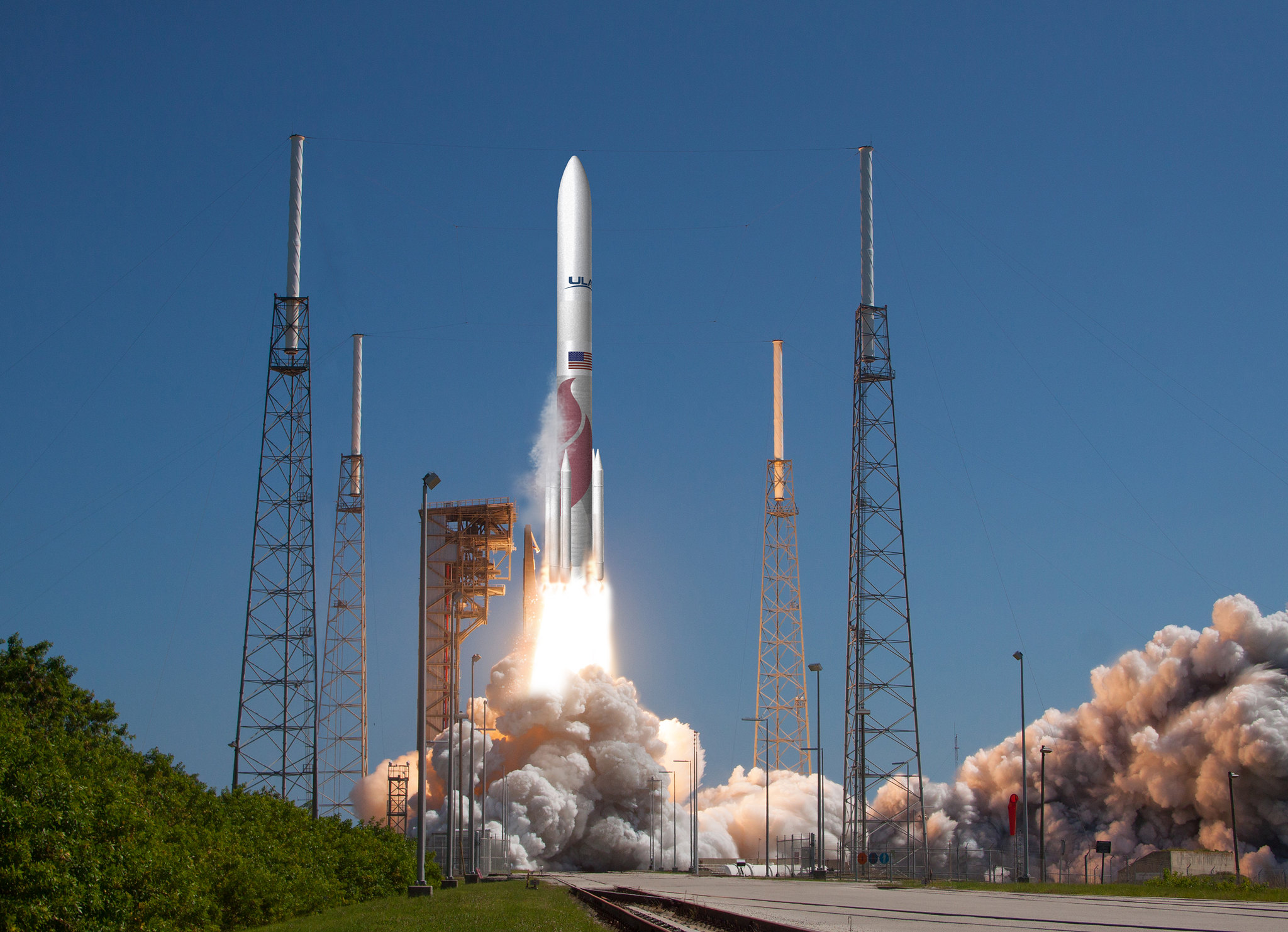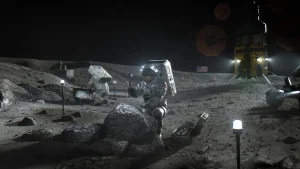Rocket Traffic Jam: How Soaring Demand Is Overwhelming U.S. Spaceports
6th Jan 2025
New demand from the private space sector is starting to cause an issue with the nation’s spaceports. A queue is forming…
U.S. Rocket Launchpads Are Building Up a Queue
SpaceX, as well as other private rocket companies, are trying to increase flights in the coming years, but with only three sites in the US, it is proving a challenge. Even as 2025 starts, the start of January sees both Starship and New Glenn launch from U.S. soil. It is easy to see how congestion could quickly become an issue.
In 2024, there were a record 145 launches that reached orbit from U.S. launches. This is as many as five times the amount we had launching as recently as 2017. This accelerated growth shows that there could quickly become more demand than the States can keep up with.
George Nield, former top space official at the FAA, spoke about some of the problems that could come from oversubscription, and the resulting delayed payloads. If there is a significant weather event or another reason for cancellation, it could put one of the spaceports totally out of commission for a period of time and cause a significant traffic jam.
“We’re so dependent on space, to put all your eggs in one basket is a risky strategy,” he said.
We have come from a place of relatively low appetite for new launch sites. The National Aeronautics and Kennedy Space Center facilities were enough to meet all of the demand.
There are other spaceport operators who may step into the void. Alaska’s Kodiak Island is home to The Pacific Spaceport Complex, but this has only ever seen three rocket launches a year at maximum. It aims to increase this to 25 times annually to meet some of the demand.
The Problem With New Launch Sites
While new launch sites seem to be the obvious answer, they are not easy or fast to build and launches can’t happen from anywhere. Highly-populated areas are not suitable, and coastal regions are preferred, though horizontal launches could be another option.
It is almost 20 years since spaceport in Oklahoma became the first inland site to receive an FAA license for flights that use a plane to take the rocket to high altitude first.
“There has to be a first mover, and we’re ready to move,” said Bailey J. Siegfried, who is on the board of directors of said Oklahoma spaceport.
Separately, Tom Marotta founded the Spaceport Company in 2022 as he noticed the increasing need and he plans to launch from boats in the ocean using a similar system to The Boeing Sea Launch System, an international collaboration that was successfully tested.
A 180-foot-long ship is the base where The Spaceport Company loads a rocket before sailing into the sea where it is calm enough to launch.
Maine has also seen new proposals for a data and analytics center, a research and development hub and a site for launches, but these are in their early stages.
“We have maybe less than 10 years to make this happen, because of where the industry is going,” explained Terry Shehata, executive director of the Maine Space Corp. “We don’t want to get locked out.”
The giants of the private space industry SpaceX has conducted its launches largely from Florida, and is working to bring Starship to the Kennedy Space Center and Space Force’s Cape Canaveral base to ensure a system for continued launches. While this may secure their future, new research is required to ensure that other companies don’t get pushed to the back of the queue.






Thank you for your comment! It will be visible on the site after moderation.